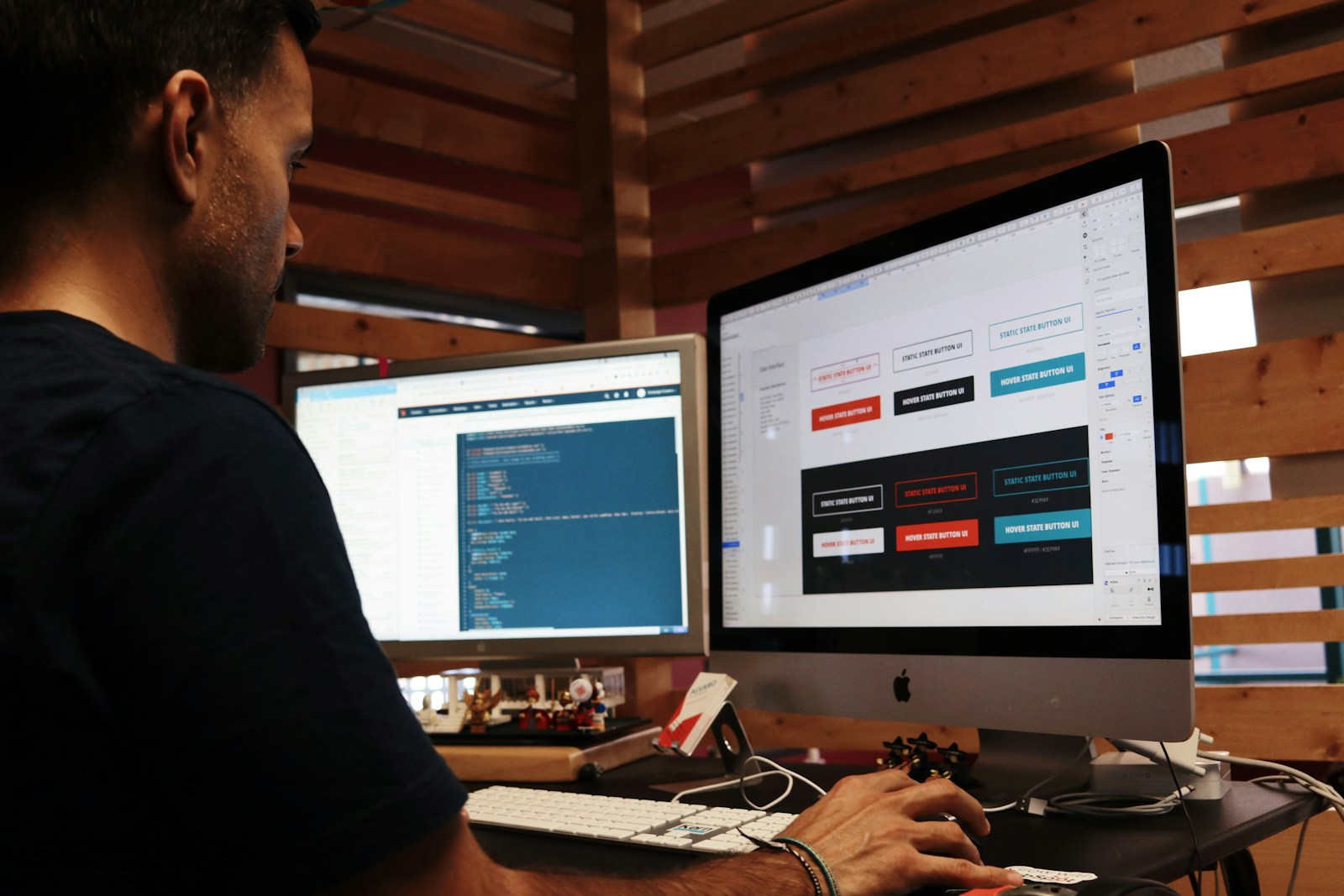As an entrepreneur deeply entrenched in the realms of web development, innovation, and technology, I am constantly pondering the future landscape of the industry. The year 2030 seems distant yet tantalizingly close, prompting me to explore the potential trajectory of web development over the next decade. Join me on this speculative journey as we envision what the future holds for this ever-evolving field.
Embracing Emerging Technologies: AI, AR, and VR
The Integration of Artificial Intelligence (AI)
Artificial Intelligence (AI) has already begun to permeate various facets of web development, enhancing user experiences and streamlining workflows. In 2030, AI is poised to become even more integral, powering advanced chatbots, personalized content recommendations, and dynamic website customization based on user behavior. Embracing AI-driven tools and frameworks will be imperative for staying ahead in the competitive digital landscape.
Augmented Reality (AR) and Virtual Reality (VR)
The immersive experiences offered by Augmented Reality (AR) and Virtual Reality (VR) have immense potential to transform web development by creating interactive and engaging interfaces. In 2030, we can anticipate websites incorporating AR elements for product visualization, virtual showrooms, and enhanced storytelling. VR-powered web environments may revolutionize online education, gaming, and virtual events, offering users unparalleled levels of immersion and interactivity.
The Evolution of User Interfaces: Voice and Gesture Control
Voice User Interfaces (VUIs)
Voice-controlled interfaces have gained significant traction in recent years, thanks to the proliferation of smart speakers and virtual assistants. By 2030, VUIs are poised to become ubiquitous features of web development, enabling users to navigate websites, perform actions, and access information using natural language commands. Integrating voice search optimization and voice-based interactions will be crucial for catering to the preferences of an increasingly tech-savvy and convenience-oriented audience.
Gesture-Based Interactions
In the realm of web development, gestures are emerging as an intuitive means of interaction, particularly in touchscreen and mobile devices. By 2030, we can expect to see widespread adoption of gesture-based interfaces, allowing users to interact with websites through gestures such as swiping, pinching, and tapping. Incorporating gesture recognition technology into web design will enable developers to create more immersive and interactive user experiences, blurring the lines between physical and digital interactions.
The Rise of Progressive Web Apps (PWAs) and Headless CMS
Progressive Web Apps (PWAs)
Progressive Web Apps (PWAs) represent a paradigm shift in web development, offering the combined benefits of web and mobile applications. In 2030, PWAs are poised to dominate the digital landscape, providing users with fast, reliable, and engaging experiences across devices and platforms. Leveraging features such as offline functionality, push notifications, and seamless installation, PWAs will redefine the way users interact with web content, blurring the boundaries between native apps and traditional websites.
Headless Content Management Systems (CMS)
Headless CMS architectures decouple the backend content management functionality from the frontend presentation layer, offering greater flexibility and scalability in web development. By 2030, headless CMS platforms will gain widespread adoption, empowering developers to create dynamic, omnichannel experiences that adapt seamlessly to various devices and interfaces. Embracing headless CMS architectures will enable organizations to future-proof their web projects and deliver content-rich experiences that resonate with modern audiences.
Sustainability and Accessibility: Ethical Imperatives in Web Development
Sustainable Web Development Practices
In an era marked by growing environmental concerns, sustainability has emerged as a critical consideration in web development. By 2030, we can expect to see a greater emphasis on eco-friendly design principles, optimized code efficiency, and renewable hosting solutions. Adopting sustainable web development practices will not only reduce the environmental footprint of websites but also enhance performance, accessibility, and user experience.
Accessibility and Inclusive Design
Ensuring accessibility for users with disabilities is not just a legal requirement but also a moral imperative in web development. In 2030, accessibility standards and guidelines will become more stringent, prompting developers to prioritize inclusive design principles and implement robust accessibility features. Leveraging technologies such as AI-driven accessibility tools, semantic HTML, and ARIA landmarks, developers can create web experiences that are accessible to all users, regardless of their physical or cognitive abilities.
Conclusion: Embracing Innovation and Adaptation
As we gaze into the crystal ball of web development, it’s evident that the future holds a myriad of possibilities and challenges. From the integration of AI and immersive technologies to the evolution of user interfaces and ethical imperatives, the landscape of web development in 2030 will be shaped by innovation, creativity, and adaptability. As a forward-thinking entrepreneur and AI enthusiast, I am excited to embrace the opportunities that lie ahead, driving positive change and shaping the digital experiences of tomorrow.
Join me on the journey to explore the future of web development. Visit LearnyHive to discover cutting-edge educational resources and UnikBrushes for bespoke web development services.




